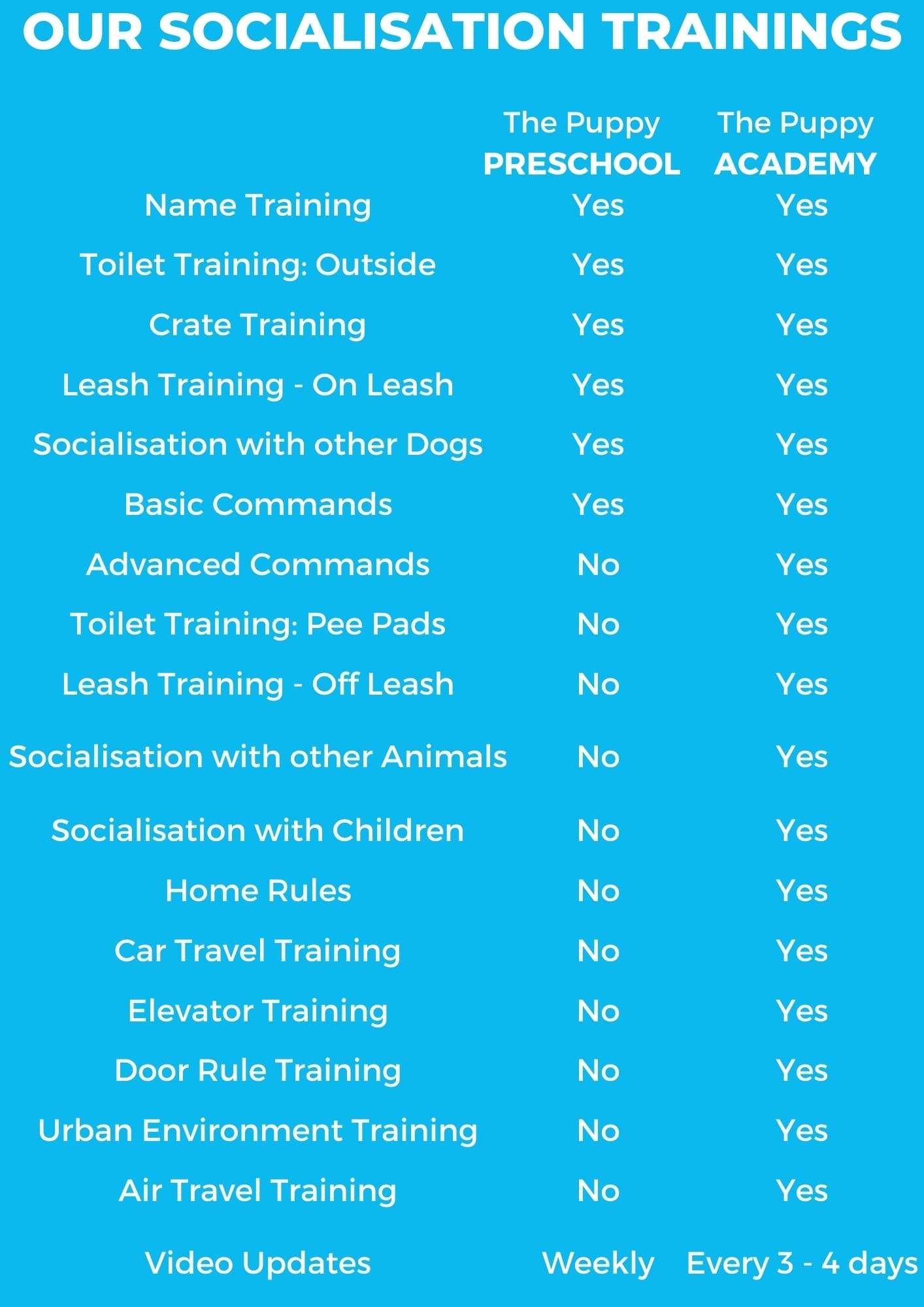Euthanasia: Time to say goodbye
The word “Euthanasia” comes from Ancient Greek and means “good death”. When your dog is approaching the end, putting them down can spare your pet continued pain and suffering, and a long drawn-out death. It is a hard decision to make, and a difficult event to go through. In this article, we will explain how to know when it’s the right time for a pet to be euthanized. We will also explain what to expect when during a pet’s euthanasia, and what to do with your pet afterwards.
Long lived
Thanks to advances in veterinary medicine and animal care, most of our pets are living longer than ever before. It’s quite normal for pets to live well into their teens. The downside of this is that we now see more chronic or geriatric-associated illnesses in them, such as chronic arthritis, or the general loss of condition that comes with ageing.
There is also the tragic chance of a pet coming down with an incurable disease or injury in the prime of their life. They might be hit by a car and critically injured, or develop cancer that spreads rapidly. Sometimes, when there is no cure, and the animal is suffering, the kindness option is euthanasia.
How to know when it’s time
Sometimes it’s easy to know when to euthanize. If your dog is critically injured with no hope of recovery, and the vet recommends euthanasia, it may feel like the right (if painful) thing to do. The situation is harder with a dog suffering from a terminal illness. Animals with terminal illnesses have their good days and their bad days. Although their health is in general decline, a sick dog will often have good days when they feel stronger and happier.
It is understandably difficult to look at such a happy dog and agree to euthanasia, yet it also feels wrong to allow the disease to worsen and cause further suffering. You may feel paralysed by indecision, uncertain as to the right course of action. Your vet can advise you, but at the end of the day, this tough decision is in your hands.
One way to help you decide when it’s time is to rate your dog’s quality of life. Many vets use this method to help them decide if euthanasia is the right course of action. The quality of life scoring system involves scoring different aspects of your pet’s life on a scale from one to ten, then adding the results together to determine a final score.
- Pain(1-10)
- Appetite(1-10)
- Hydration(1-10)
- Hygiene(1-10)
- Mood(1-10)
- Locomotion(1-10)
- More „good than bad days”(1-10)
If the final score is over 35, then your dog has an acceptable Quality of Life. If the score is lower, then your dog’s quality of life is poor. They are probably suffering, and it may be time to think about the end. If you are concerned, talk to your vet. Ask them what they would do if it was their dog. A good, compassionate vet will be sincere and honest, and will encourage you to make the right choice for your dog.
What to expect
It may be possible to have your dog euthanized at home. This is often a good choice, as your dog will feel more at ease in peaceful, familiar surroundings. If this is not possible, you can take your dog to the veterinary clinic to be put down.
At the clinic, you should be taken to a quiet room with your pet. You can ask for time to say goodbye; this can help if you are feeling emotional. It may be better to settle the bill now, as afterwards you may be too upset.
A good veterinarian and their staff will do their best to meet your wishes. You can choose to stay with your pet for euthanasia, or to leave the room. Both options are equally valid. Although there is a common opinion that leaving the room is tantamount to “abandoning” your pet in their last moments, it is all right to leave the room. Your pet will not frantically look for you should you need to step outside (unless they suffer from severe separation anxiety). It may even be worse if you are extremely upset and stay inside, as your pet is sure to pick up on your distress. Remember that everyone copes with grief differently.
The Steps of Euthanasia
The steps of euthanasia may vary a little between clinics, but generally follow the same basic steps. The vet will place an IV catheter in a vein (typically one of the front legs): this means giving your dog fewer injections. Then the vet will give your dog an anaesthetic, to help them sleep. Some vets like to give the dog a sedative before this, so that they feel perfectly relaxed. Once the dog is asleep, the vet will give the final drug, which will euthanize the animal.
Don’t be surprised if your dog does not close its eyes, as anaesthetised animals often keep their eyes open. Many animals give a last big gasp as they are euthanized. This is not a gasp of pain or distress, but a reflex movement of the chest, pushing air out of the mouth. Remember that since all the muscle relax when an animal is dead, your dog may involuntary urinate or defecate (wrapping the dog in a towel can help). Alternatively, the drugs may cause involuntary twitches; again, this is not a sign of pain.
What to do afterwards
Once the euthanasia is over, you may need a little time to recover. As people react different to grief, you may be too upset to leave for a while. The vet and their staff should be compassionate and caring, and give you a moment to grieve.
You can choose to bury your dog’s body if you have enough land to do so, or permission to use someone else’s land. It’s also possible to go to a pet cemetery and purchase a plot for your dog, though this is more expensive. Pet cremation services are available in many countries, and you may choose to keep your pet’s ashes, scatter them, or bury them. It’s also possible to leave the body at the vet, who can dispose of it for you. An alternative is donating your dog’s body to a veterinary college; some owners appreciate the idea of young vets learning from their dog, and using this knowledge to help other animals in the future.






















